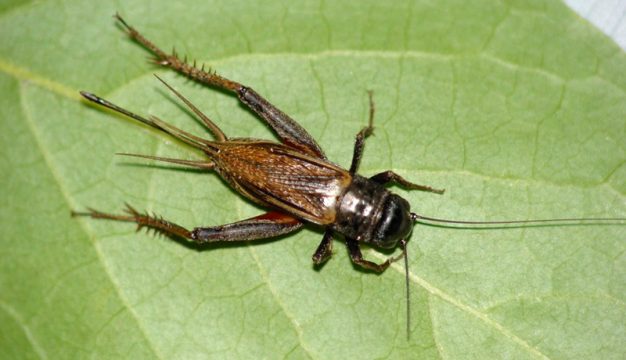Freshwater mussels begin life as parasitic larva called glochidia that must attach to the gills or fins of a fish. Each species of mussel has a specific host relationship and has evolved a variety of methods to deliver their larva to fish. This photo is an example of an advanced structure, known as a conglutinate, of the rayed kidneyshell mussel (Ptychobranchus foremanianus), from the Cahaba River. The parasitic glochida are partially visible inside. This conglutinate mimics a fish egg and is consumed by darter species that live in the river.
Freshwater Mussel Conglutinate

Photo courtesy of Paul Johnson, Alabama Department of Conservation and Natural Resources
Appears In





